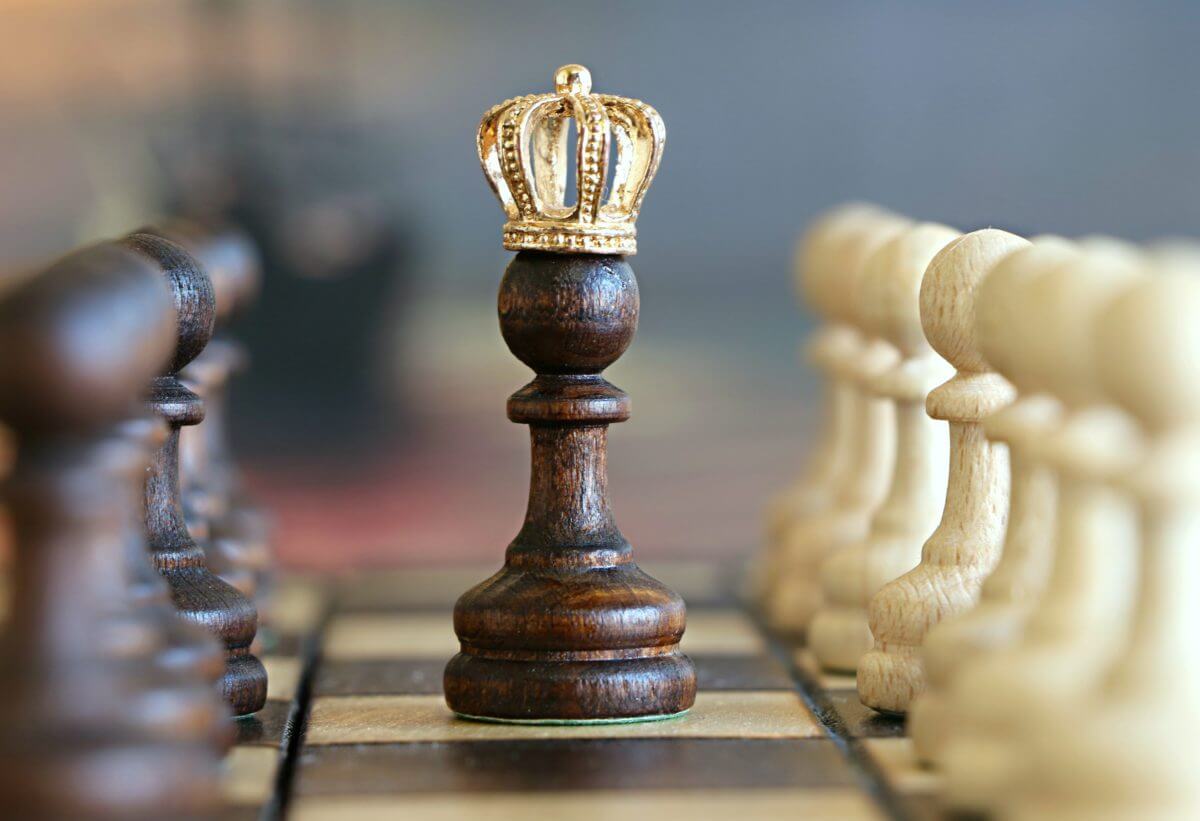The Queen’s Scottish residence, Holyrood Palace, is due to get a rather exotic upgrade as part of a £10 million garden makeover. Both exotic and indigenous plants will grow together in a “medicinal” garden paying tribute to the Royal Botanic Garden located in Edinburgh.
The garden makeover project is part of the enormous programme totalling £37 million, whereby £27 million will be used for the Windsor Castle redevelopment. The garden project draws inspiration from the original “physic” garden in the 17th century. The garden was used to teach students about the medicinal properties of the plants, informing the science of the time.
Robert Sibbald and Andrew Balfour are the two physicians who created the botanic garden in Edinburgh in 1670. At first, the botanic garden was approximately the size of a tennis court, and after various location changes, it grew to become what it is today.
The new feature will be located on the residence which has been home to members of the Royal Family for hundreds of years. Depictions of the earliest botanic gardens will be revisited to assist in the creation of the new feature. Alongside the botanical garden, there will be a new flowering meadow planted to reflect the Holyrood Abbey historic garden which was run by Monks in the 15th century.
The gardens will be redeveloped to become one of the most popular features attracting visitors to the castle. In fact, the £10 million project is being undertaken to change the public’s perception of the palace, making it more welcoming to tourists and local visitors. Visitors will be able through the main gates of the palace and around the new gardens, enjoying a family-friendly day out.
Windsor Castle and the Palace of Holyrood House have been receiving visitors for centuries. Every year. It’s estimated that around 1.5 million people now visit the Queen’s residences, according to Jonathan Marsden who is the director of the Royal Collection Trust.
Marsden went on to say that “We want everybody to have a proper sense of arrival, to be able to make choices about how they go about their visits. We will interpret the palaces and collections in new ways, open up new spaces to the public and we’re going to create two purpose-built learning centres”.
According to Marsden, returning the garden to its birth place will offer visitors a new focus of interest to the palace and the community as well. The project consummates the spectacular setting of the palace within Holyrood park’s natural landscape even beyond Arthur’s Seat.
The programme is also meant to enhance the surroundings of the palace, thus providing a family friendly area within close range to one of Scotland’s most beautiful streets, the Royal Mile.
Restoration of the Royal Botanic Garden to its birthplace in Edinburgh is part of a Royal Collection Trust plan that will bring more collaboration while increasing chances for people to be inspired by the plants’ botany and their history.

